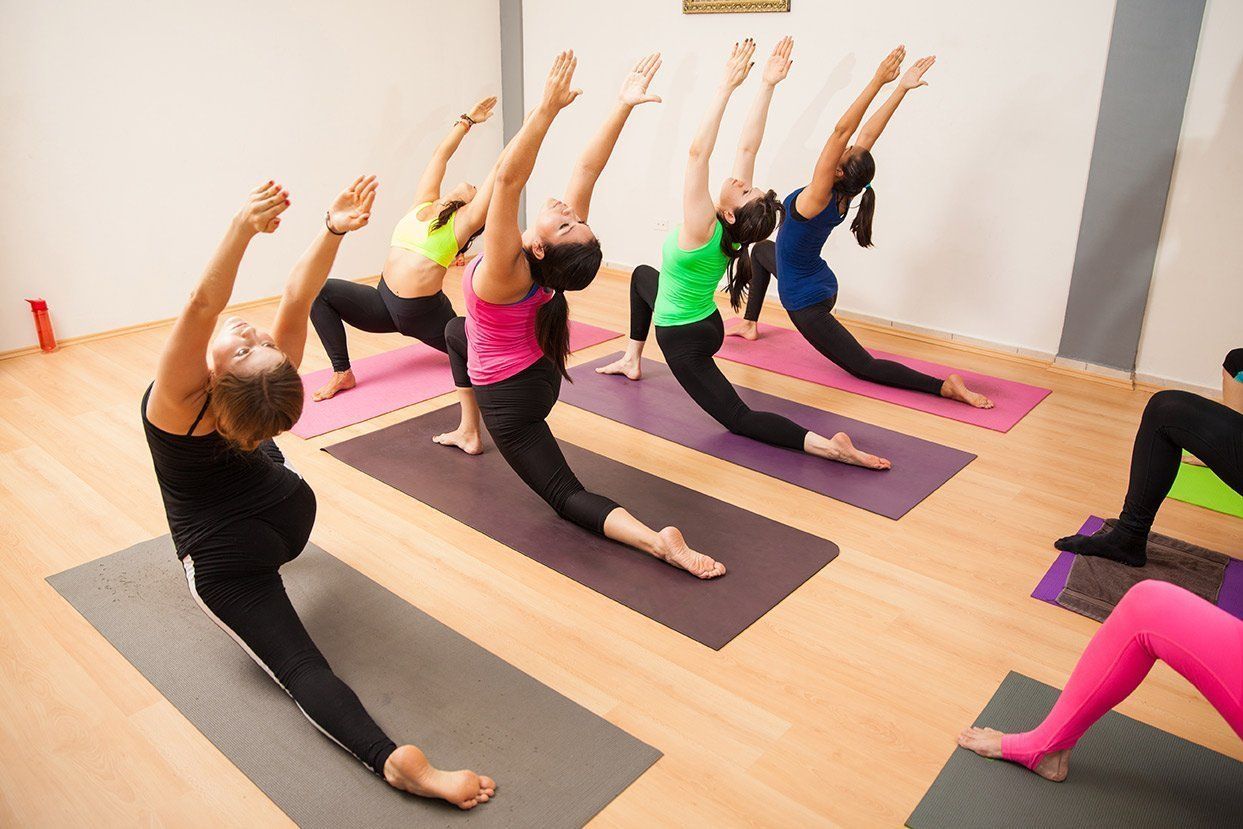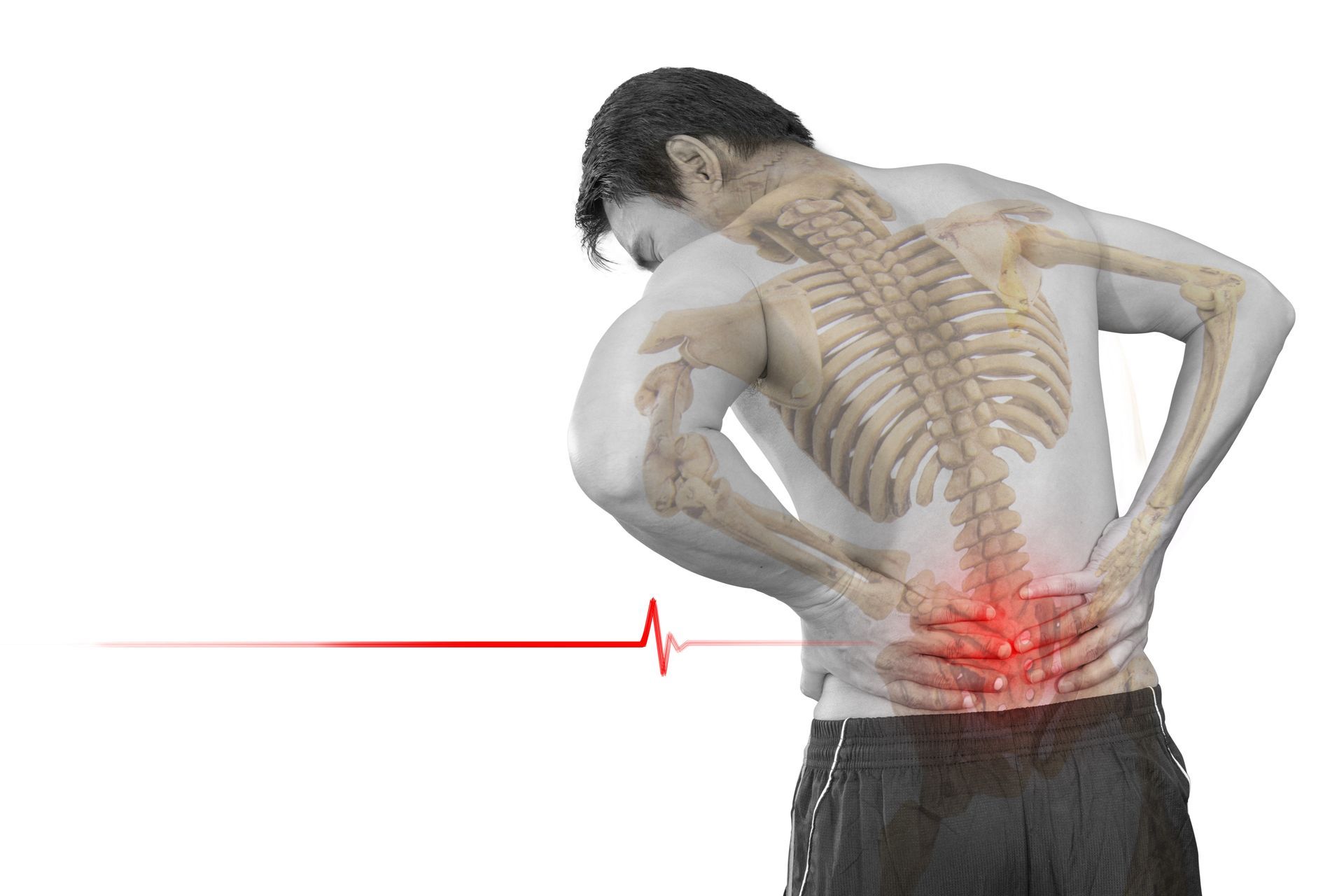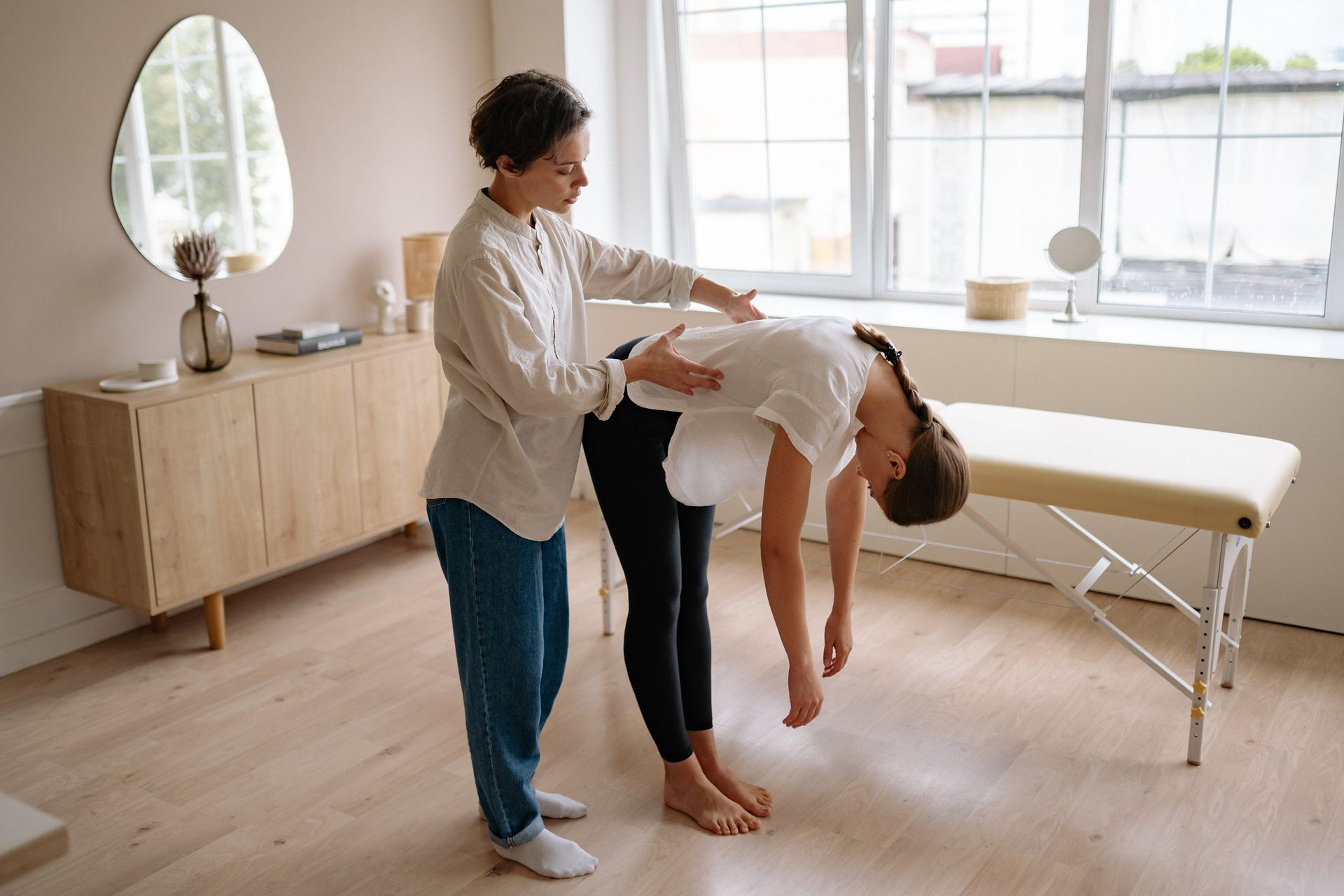Supraspinatus injury, what should I do?
Reclaim your life from shoulder pain caused by supraspinatus lesions with the help of this blog post's comprehensive guide to rehabilitation exercises and an inclusive learning environment - start your journey now!
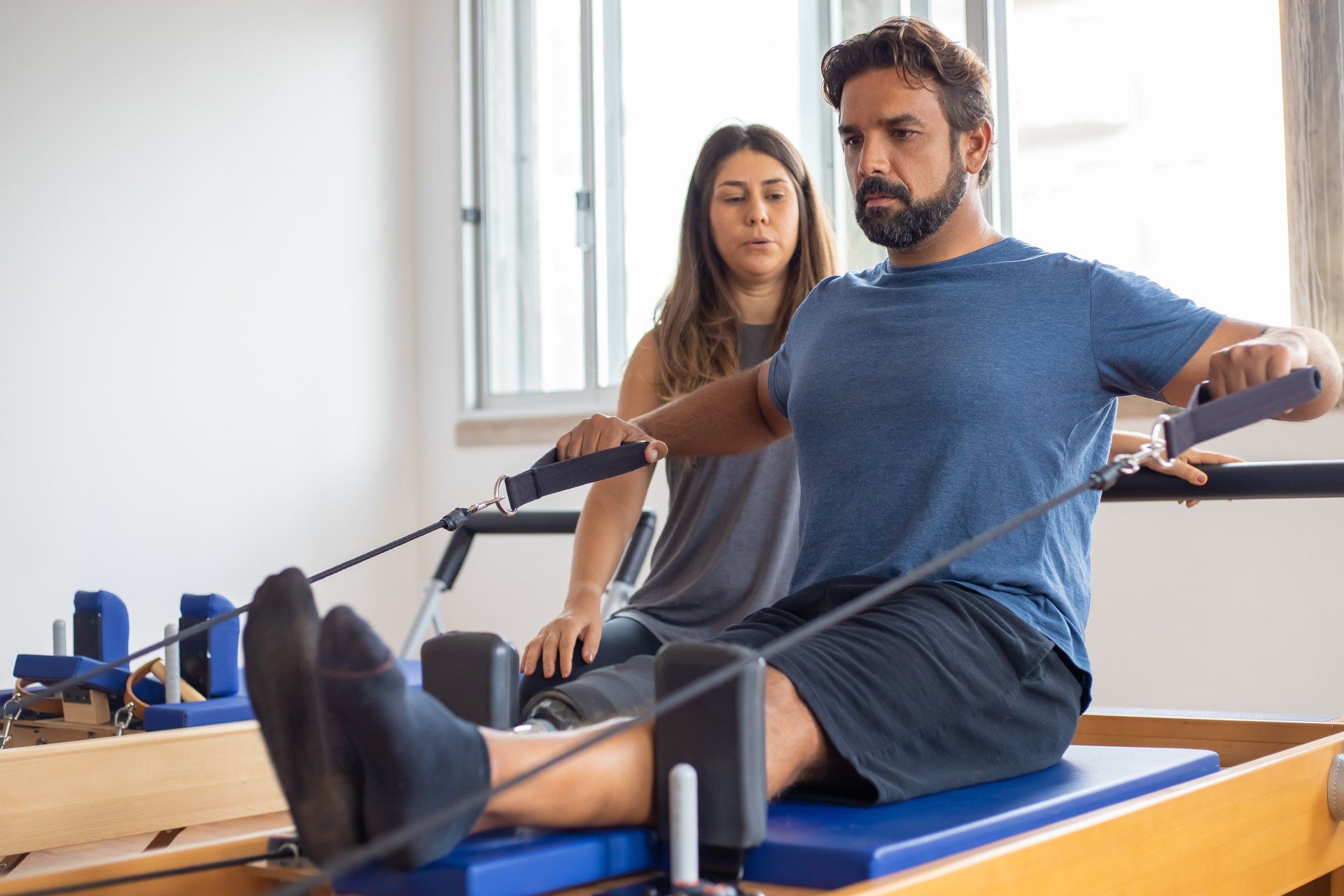
Treating Shoulder Pain
Caused By Supraspinatus
Lesions: An Active Approach
With Rehabilitation Exercises
Shoulder pain caused by Supraspinatus lesions can be a frustrating and debilitating issue. However, it does not have to be that way. By comprehending the reasons behind shoulder pain originating from Supraspinatus lesions, taking an active approach with rehabilitation exercises, and encouraging an inclusive learning environment with constructive dialogue, you can mitigate your chances of injury and resume your daily life. This blog post will delve into the causes of shoulder pain resulting from supraspinatus lesions, the most effective exercises for shoulder pain, and ways to establish an inclusive learning environment through constructive conversations. Let's delve in!
Understanding Shoulder Pain From
Supraspinatus Lesions
We all know how difficult shoulder pain can be. Unfortunately, if you have a supraspinatus lesion, you might experience even more severe shoulder pain than usual. In this blog, we will explore the effects of supraspinatus lesions on our shoulders and what can be done to reduce the pain. Before we start, it is important to note that you should consult with a therapist or doctor for more information on this topic before attempting any physical activity or exercises related to this condition.
supraspinatus lesions are often caused by external stressors, such as mechanical trauma or excessive training. They can also be caused by long-term poor posture maintenance or genetic predisposition. Psychological factors like stress and anxiety can also lead to supraspinatus lesions in some cases. Depending on an individual's activity level, any physical activity could cause an excess load on the tendon leading to pain emanating from an inflamed or lesioned supraspinatus.
Fortunately, there is hope! With a few simple rehabilitation exercises and a proactive approach towards treatment, it is possible to reduce or even eliminate shoulder pain associated with supraspinatus injury over time. Some of these exercises include flexibility training such as stretching and strengthening exercises like push-ups and pull-ups which help strengthen the surrounding muscles that support your shoulder joint while helping relieve stiffness in your spine as well as reducing any swelling around the area affected by the lesion itself. With regular practice of these simple but effective techniques combined with other treatments like massage therapy and cold compression therapy; one can manage their condition better and begin living life without fear of further aggravation from their shoulder injury caused by supraspinatus lesions!
Tendinopathy: Understanding And Reducing
Risk Of Injury
Are you experiencing shoulder pain due to supraspinatus lesions? If so, tendinopathy may be the cause. Tendinopathy occurs when the tendon is over-stressed or overloaded and can be caused by excessive overcharge. In the past, anti-inflammatory medication and rest were common treatments for tendinitis, but these no longer help the tendon adapt or increase its ability to tolerate load. The best approach for rehabilitating high-pitched injuries due to supraspinatus lesions is an active plan, including exercise, proper nutrition, and supplementary treatments like ultrasound therapy and platelet-rich plasma injections.
For those with tendinopathy related to supraspinatus lesions, education and awareness are important to reduce the risk of injury during intense physical activity. Athletes should engage in appropriate athletic preparation and gradually increase volumes and loads before participating in activities that require sudden peak physical effort levels. With this information, athletes can become more aware of their body's limitations and avoid unnecessary risks, leading to greater overall health benefits.
MRI Unnecessary For High-Pitched Shoulder
Injuries Without Trauma
Are MRIs necessary for high-pitched shoulder injuries without trauma? This is a common question among patients experiencing shoulder pain. While the answer is not always straightforward, in most cases, an MRI is not necessary, especially when the pain source is supraspinatus lesions.
Recent scientific literature shows that even those without pain may have degenerated or lesion tendons prior to the age of shoulder anatomical alterations. This means that it's possible for people to have these lesions before any symptoms appear and can be the cause of their shoulder pain even without trauma. Therefore, it's important to consider this possibility before deciding whether or not to get an MRI.
Rather than thinking of "deflated" tendinopathy during magnetic resonance, think of it instead as a cover with a hole still functioning optimally despite any lesions present. In cases where there isn't necessarily trauma, it's best to avoid MRI scans out of fear that they could create catastrophism, hindering healing by impeding active maintenance and execution actions taken on behalf of recovery efforts such as physical therapy exercises.
Overall, high-pitched injuries without trauma do not necessarily mean that the resulting injury is the cause of your pain. In fact, many times these lesions are present before any symptoms appear at all! Therefore, take an active approach with rehabilitation exercises prescribed by your physician instead of jumping straight into an unnecessary MRI scan due to fear or anxiety surrounding your injury.
Exercise-Based Programs Best For Shoulder
Pain
When treating shoulder pain caused by supraspinatus lesions, an active approach with rehabilitation exercises is the best course of action. Surgery should not be the first treatment option compared to exercise-based programs, which are more effective. Passive therapies like Tecar therapy are not useful in treating shoulder pain related to supraspinatus pathology. Infiltrations provide temporary relief but can negatively impact tendon degeneration in the long term.
An active approach is more beneficial for treating this type of shoulder pain. Gradual and progressive exercises designed to strengthen underlying tendons and improve load tolerance should be included in any physical therapy program for supraspinatus injury. These exercises must avoid any movements that cause discomfort or symptoms. It's also necessary to conduct these exercises regularly under the supervision of a doctor or physical therapist to ensure safety and maximum results.
Weight-bearing activities, stretching, range-of-motion activities, can all help reduce inflammation and improve comfort levels for those suffering from this condition. These activities must be incorporated into daily routines alongside other therapeutic modalities, such as hot/cold packs or massage therapy, if required. This approach will help achieve optimum rehabilitation outcomes when dealing with supraspinatus-related shoulder pain.
Tendon Reconditioning And Mobility Exercises
For Muscle Injury Rehabilitation
"Are you experiencing shoulder pain caused by a supraspinatus lesion? If so, it's important to note that key to improving your capacity for load-bearing on the affected shoulder are tendon reconditioning and mobility exercises. With the right physical therapy plan, you'll be back to your favorite activities in no time.
When it comes to rehabilitation exercises for muscle injuries, it's essential to take into consideration the intensity of pain each exercise could cause. Starting with an evaluation of your current pain tolerance level, you should gradually progress based on this initial threshold and any improvements in mechanical properties over time. Your physical therapist can guide you through these steps and ensure your load-bearing capacity remains safe.
Even if others discourage certain exercises or activities due to fear of exacerbating injury symptoms, it's crucial to remember that active movement is essential for effective healing, especially in long-term cases. With a comprehensive muscular rehabilitation program tailored to supraspinatus lesions, you can begin improving your shoulder function and restoring your quality of life today!"
Creating An Inclusive Learning Environment
Through Constructive Conversations.
Creating an inclusive learning environment through constructive conversations is essential so that everyone feels welcomed, respected, and comfortable while participating in class activities or discussions. Whether you are working on rehabilitation exercises to alleviate shoulder pain caused by supraspinatus lesions or any other topic, having an open dialogue can help ensure that all participants gain a better understanding of the material being discussed.
At the beginning of each session, it's important to create a safe space where everyone feels comfortable speaking up and asking questions without fear of judgment or ridicule. If you have any doubts, questions, or clarifications related to the topic being discussed, feel free to reach out in private and ask.
We should always remember to consider other people's opinions when conversing or commenting, as mutual respect is essential for learning and growth. Asking questions benefits not only yourself but also those around you in gaining a better understanding of the material being discussed. It is important that we take everybody's perspective into consideration while engaging in constructive dialogues. Together, let us work towards creating a safe space full of meaningful conversations and fruitful learnings.
To Summarize
Supraspinatus lesions can cause debilitating and frustrating shoulder pain. Fortunately, there are ways to manage this pain with rehabilitation exercises, understanding the causes of shoulder pain resulting from supraspinatus lesions, and employing an active therapeutic approach, such as massage therapy and cold compression therapy. By engaging in constructive conversations with professionals and creating an inclusive learning environment, you can gain a better understanding of your condition and ensure you're taking the right steps towards recovery. Take the first step today by reaching out to a professional for help.


